Nikhil Thorat
TensorFlow.js: Machine Learning for the Web and Beyond
Jan 16, 2019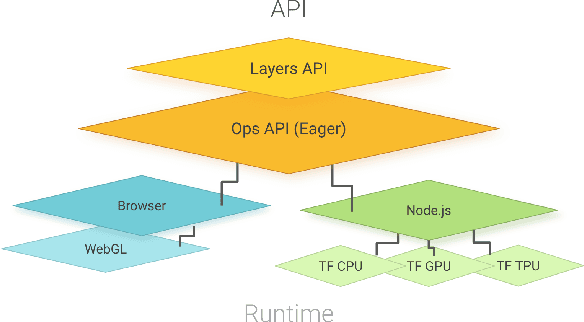
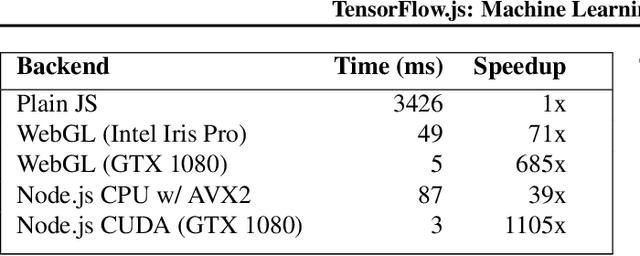


Abstract:TensorFlow.js is a library for building and executing machine learning algorithms in JavaScript. TensorFlow.js models run in a web browser and in the Node.js environment. The library is part of the TensorFlow ecosystem, providing a set of APIs that are compatible with those in Python, allowing models to be ported between the Python and JavaScript ecosystems. TensorFlow.js has empowered a new set of developers from the extensive JavaScript community to build and deploy machine learning models and enabled new classes of on-device computation. This paper describes the design, API, and implementation of TensorFlow.js, and highlights some of the impactful use cases.
GAN Lab: Understanding Complex Deep Generative Models using Interactive Visual Experimentation
Sep 05, 2018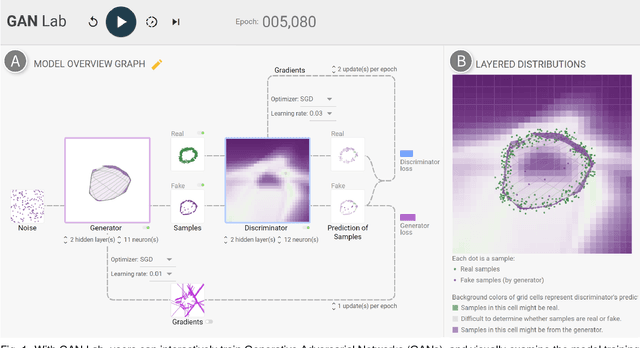
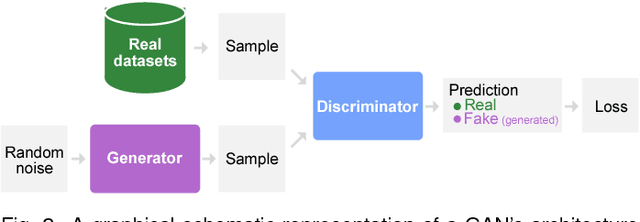

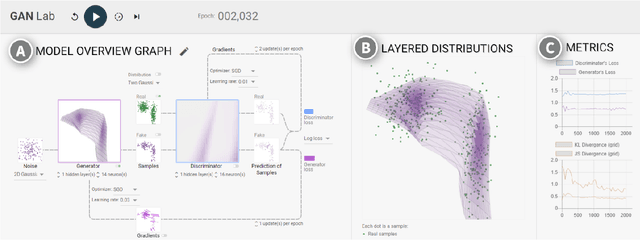
Abstract:Recent success in deep learning has generated immense interest among practitioners and students, inspiring many to learn about this new technology. While visual and interactive approaches have been successfully developed to help people more easily learn deep learning, most existing tools focus on simpler models. In this work, we present GAN Lab, the first interactive visualization tool designed for non-experts to learn and experiment with Generative Adversarial Networks (GANs), a popular class of complex deep learning models. With GAN Lab, users can interactively train generative models and visualize the dynamic training process's intermediate results. GAN Lab tightly integrates an model overview graph that summarizes GAN's structure, and a layered distributions view that helps users interpret the interplay between submodels. GAN Lab introduces new interactive experimentation features for learning complex deep learning models, such as step-by-step training at multiple levels of abstraction for understanding intricate training dynamics. Implemented using TensorFlow.js, GAN Lab is accessible to anyone via modern web browsers, without the need for installation or specialized hardware, overcoming a major practical challenge in deploying interactive tools for deep learning.
Google's Multilingual Neural Machine Translation System: Enabling Zero-Shot Translation
Aug 21, 2017Abstract:We propose a simple solution to use a single Neural Machine Translation (NMT) model to translate between multiple languages. Our solution requires no change in the model architecture from our base system but instead introduces an artificial token at the beginning of the input sentence to specify the required target language. The rest of the model, which includes encoder, decoder and attention, remains unchanged and is shared across all languages. Using a shared wordpiece vocabulary, our approach enables Multilingual NMT using a single model without any increase in parameters, which is significantly simpler than previous proposals for Multilingual NMT. Our method often improves the translation quality of all involved language pairs, even while keeping the total number of model parameters constant. On the WMT'14 benchmarks, a single multilingual model achieves comparable performance for English$\rightarrow$French and surpasses state-of-the-art results for English$\rightarrow$German. Similarly, a single multilingual model surpasses state-of-the-art results for French$\rightarrow$English and German$\rightarrow$English on WMT'14 and WMT'15 benchmarks respectively. On production corpora, multilingual models of up to twelve language pairs allow for better translation of many individual pairs. In addition to improving the translation quality of language pairs that the model was trained with, our models can also learn to perform implicit bridging between language pairs never seen explicitly during training, showing that transfer learning and zero-shot translation is possible for neural translation. Finally, we show analyses that hints at a universal interlingua representation in our models and show some interesting examples when mixing languages.
SmoothGrad: removing noise by adding noise
Jun 12, 2017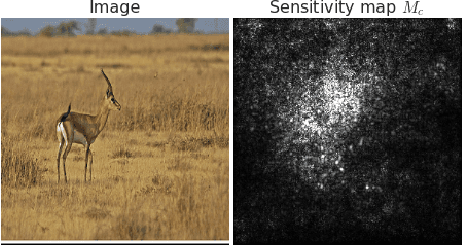
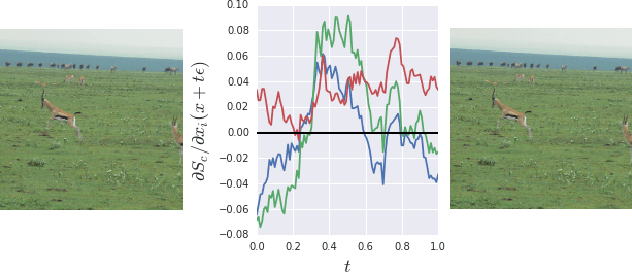
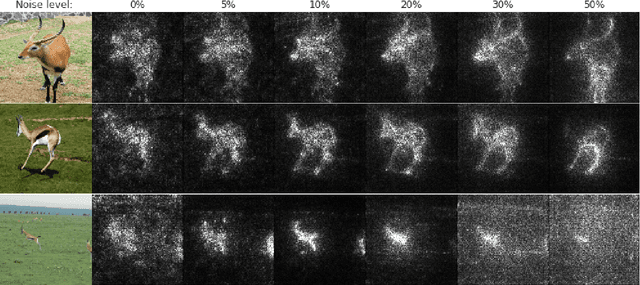

Abstract:Explaining the output of a deep network remains a challenge. In the case of an image classifier, one type of explanation is to identify pixels that strongly influence the final decision. A starting point for this strategy is the gradient of the class score function with respect to the input image. This gradient can be interpreted as a sensitivity map, and there are several techniques that elaborate on this basic idea. This paper makes two contributions: it introduces SmoothGrad, a simple method that can help visually sharpen gradient-based sensitivity maps, and it discusses lessons in the visualization of these maps. We publish the code for our experiments and a website with our results.
Embedding Projector: Interactive Visualization and Interpretation of Embeddings
Nov 16, 2016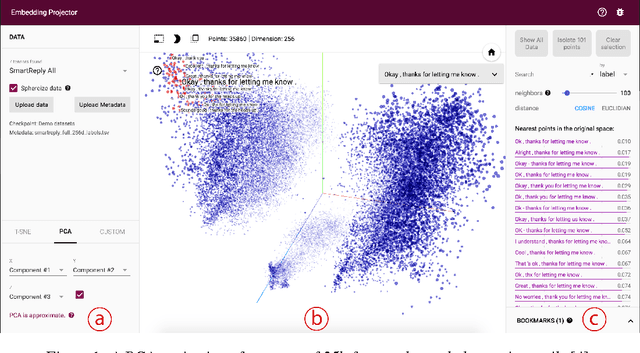
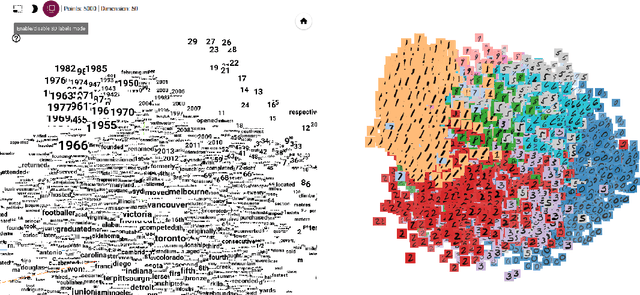
Abstract:Embeddings are ubiquitous in machine learning, appearing in recommender systems, NLP, and many other applications. Researchers and developers often need to explore the properties of a specific embedding, and one way to analyze embeddings is to visualize them. We present the Embedding Projector, a tool for interactive visualization and interpretation of embeddings.
 Add to Chrome
Add to Chrome Add to Firefox
Add to Firefox Add to Edge
Add to Edge